The pioneering American photographer who captured 1970s lesbian culture

Her work has only recently come into public view – but Donna Gottschalk’s photographs of lesbian culture change the image of history for many, especially those who have lived in the socio-political peripheries in the US. Gottschalk’s personal archive has been unearthed for an exhibition at The Leslie-Lohman Museum of Gay and Lesbian Art in New York, where many of the poignant images are being shown for the first time.
Gottschalk grew up poor, in the tenements of the Lower East Side, New York, in the 1950s. She spent a lot of time out in the streets, an experience that shaped her and the way she saw the world: raw, real, and up close.
In the 1960s, Gottschalk attended the High School of Art and Design, where she studied illustration and met other lesbians for the first time, who took her out to iconic New York bars like Kooki’s, Paula’s, and Colony. It was dangerous, and the mafia were never far away. Threats and abuse after closing time were common – but it was a space of their own.
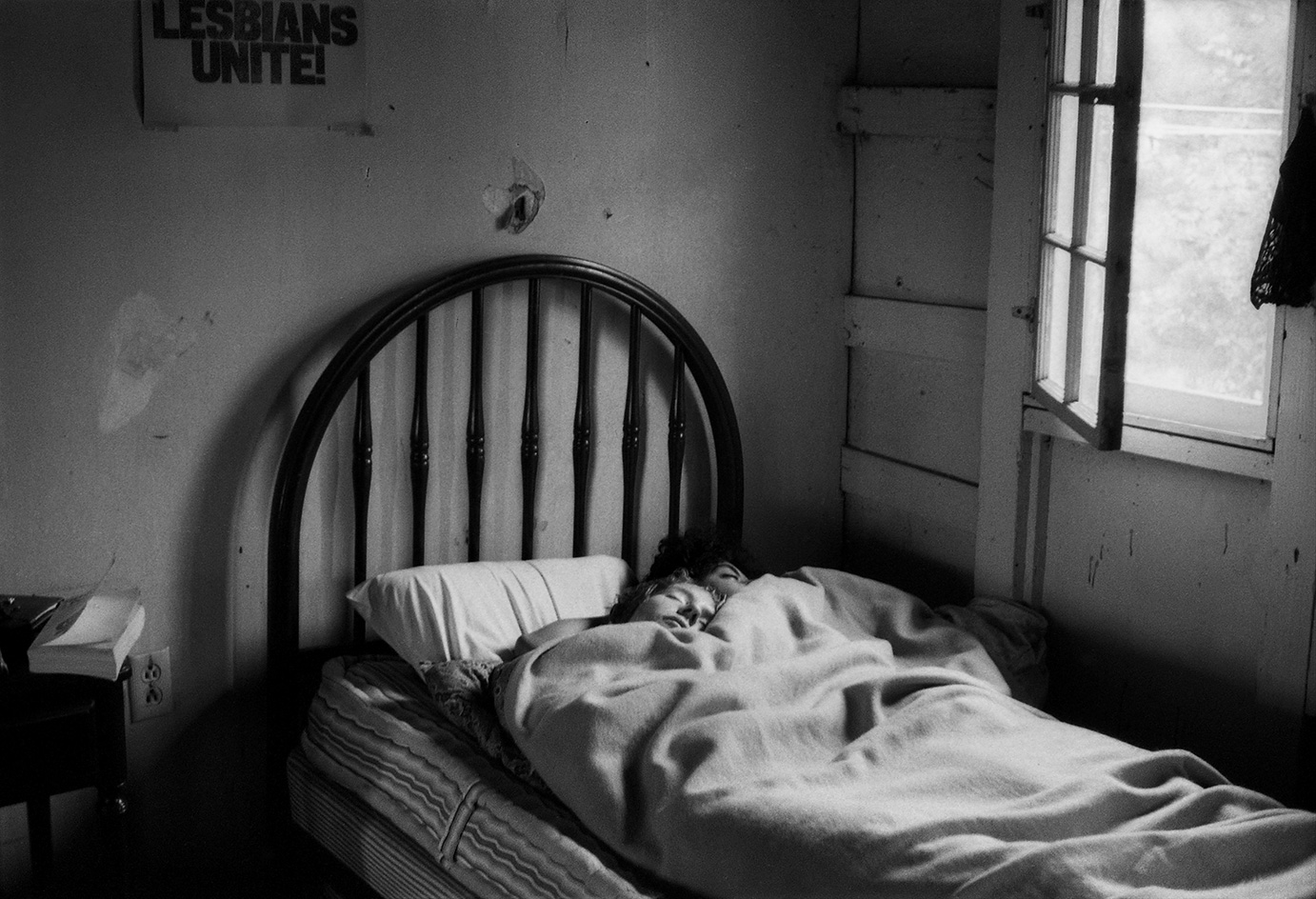
Sleepers, Limerick, Pennsylvania, 1970, by Donna Gottschalk, silver gelatin print. Collection of the Leslie-Lohman Museum
In 1967, Gottschalk became involved with the Gay Liberation Front, a liberation organisation fighting for gay rights. She was present at pivotal protests, including the 1970 demonstration against feminist group, the National Organisation for Women Congress (NOW), after it expelled lesbians. It was Gottschalk who designed the t-shirts, worn by the women who famously walked into the NOW assembly in New York, emblazoned with the words ‘Lavender Menace’ – a direct response to the words of then-NOW president Betty Friedan.
Many of the posters, papers and other political material Gottschalk designed and printed has been forgotten or neglected, but the extensive archive of personal photographs she took at the time, documenting radical lesbian lives, friends, family and her community in their struggle to be seen and recognised on the East and West coasts, bring that era vividly back to life. Her pictures pinpoint important factions in the feminist and lesbian movements, details of which were largely repressed and unrecorded by the mainstream media at the time.
‘I got my first camera at 17 and discovered all of these noble, marginalised people who were entering my life. I forced myself to become brave and ask to take their pictures,’ Gottschalk explains. ‘Sometimes they asked me why and my answer always was: “Because you are beautiful and I never want to forget you.”’
Many of Gottschalk’s subjects died too young. She held on to the images, she said, for fear of how they might be presented. Now the time is right for her to be brave again. ‘I’m ready to release them because I don’t want these courageous lives to be lost. They were brave and defiant warriors who insisted on being, whatever the consequences.’
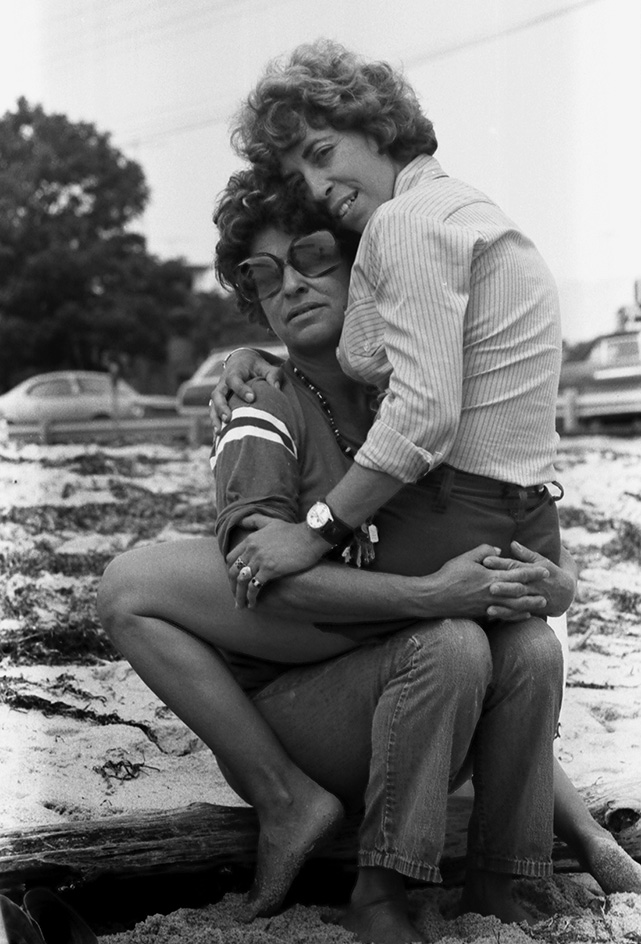
Helaine on her girlfriend's lap, Provincetown, 1974, by Donna Gottschalk, silver gelatin print. Courtesy of the artist

Donna and Joan, E. 9th St., 1970, by Donna Gottschalk, silver gelatin print. Courtesy of the artist
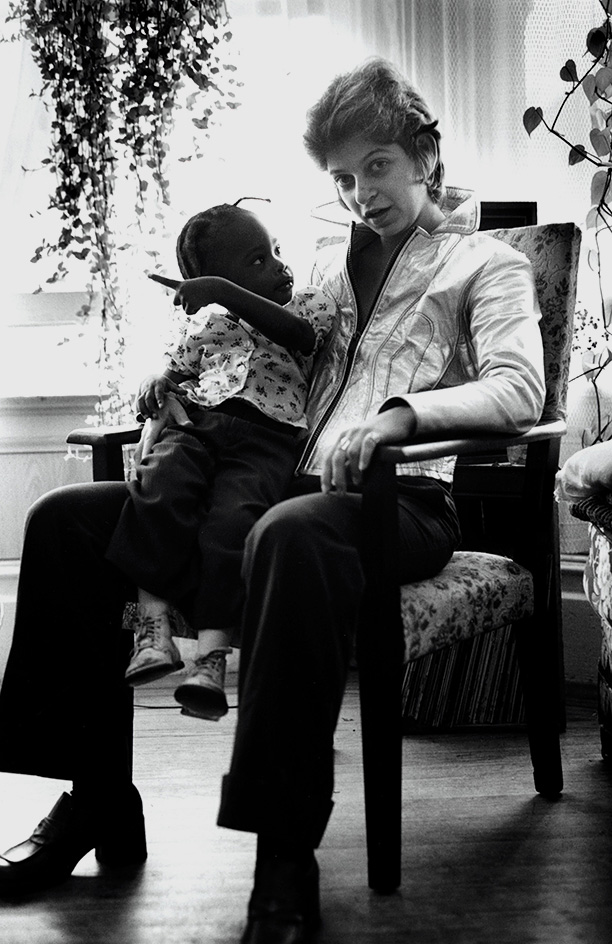
Katz in the Big Chair, San Francisco, 1972, by Donna Gottschalk, silver gelatin print. Collection of the Leslie-Lohman Museum
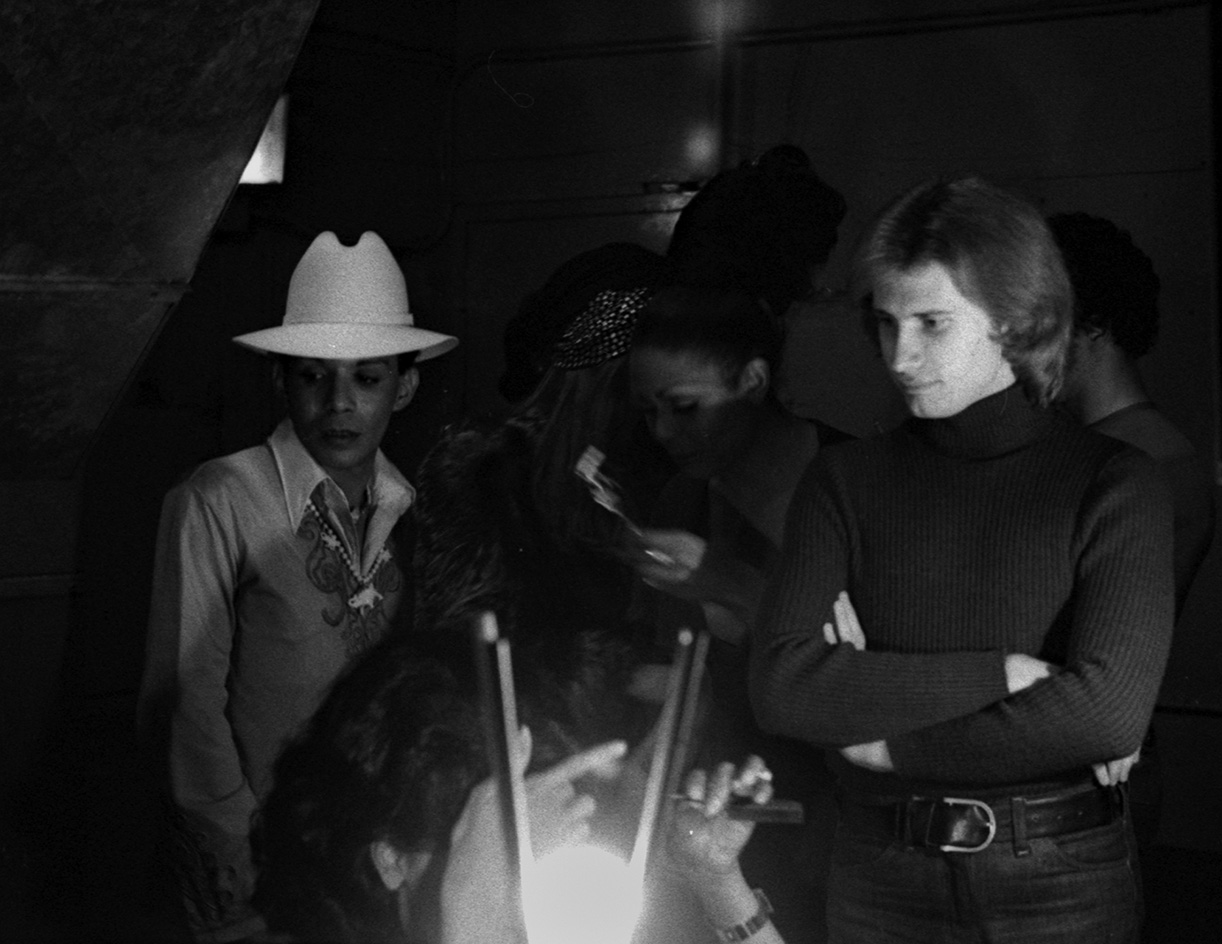
Backstage at the Limelight, New York, 1976/ 2018, by Donna Gottschalk, silver gelatin print. Courtesy of the artist
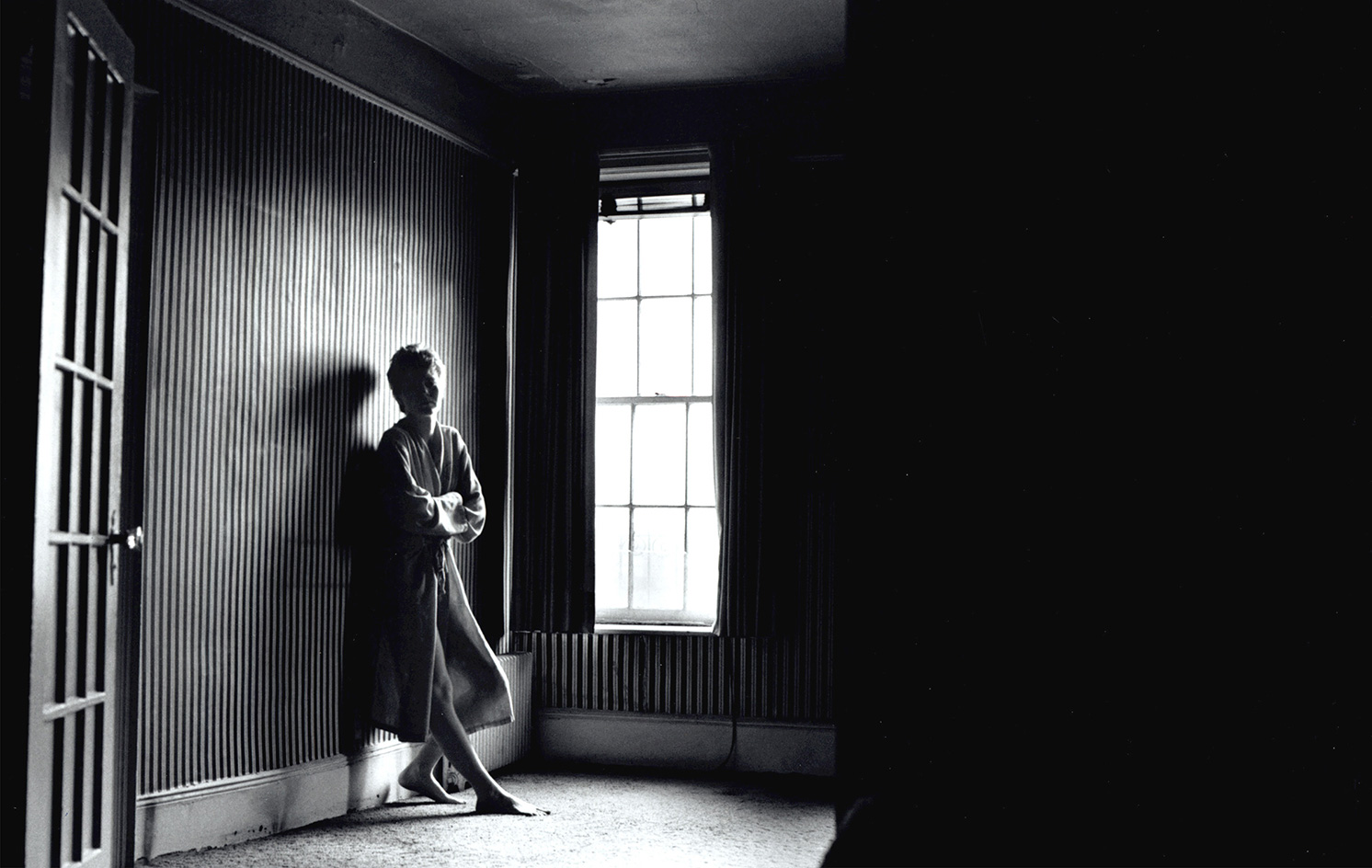
Self-portrait with striped wallpaper, New York, by Donna Gottschalk, silver gelatin print. Courtesy of the artist
INFORMATION
‘Brave, Beautiful Outlaws: The Photographs of Donna Gottschalk’ is on view until 17 March 2019. For more information, visit the The Leslie-Lohman Museum of Gay and Lesbian Art website
ADDRESS
The Leslie-Lohman Museum of Gay and Lesbian Art
26 Wooster Street
New York
Receive our daily digest of inspiration, escapism and design stories from around the world direct to your inbox.
Charlotte Jansen is a journalist and the author of two books on photography, Girl on Girl (2017) and Photography Now (2021). She is commissioning editor at Elephant magazine and has written on contemporary art and culture for The Guardian, the Financial Times, ELLE, the British Journal of Photography, Frieze and Artsy. Jansen is also presenter of Dior Talks podcast series, The Female Gaze.
-
 A tale of two Audis: the A5 saloon goes up against the A6 Avant e-tron
A tale of two Audis: the A5 saloon goes up against the A6 Avant e-tronIs the sun setting on Audi’s ICE era, or does the company’s e-tron technology still need to improve?
-
 Inside Christian de Portzamparc’s showstopping House of Dior Beijing: ‘sculptural, structural, alive’
Inside Christian de Portzamparc’s showstopping House of Dior Beijing: ‘sculptural, structural, alive’Daven Wu travels to Beijing to discover Dior’s dramatic new store, a vast temple to fashion that translates haute couture into architectural form
-
 A music player for the mindful, Sleevenote shuns streaming in favour of focused listening
A music player for the mindful, Sleevenote shuns streaming in favour of focused listeningDevised by musician Tom Vek, Sleevenote is a new music player that places artist intent and the lost art of record collecting at the forefront of the experience
-
 Nadia Lee Cohen distils a distant American memory into an unflinching new photo book
Nadia Lee Cohen distils a distant American memory into an unflinching new photo book‘Holy Ohio’ documents the British photographer and filmmaker’s personal journey as she reconnects with distant family and her earliest American memories
-
 Out of office: The Wallpaper* editors’ picks of the week
Out of office: The Wallpaper* editors’ picks of the weekIt’s been a week of escapism: daydreams of Ghana sparked by lively local projects, glimpses of Tokyo on nostalgic film rolls, and a charming foray into the heart of Christmas as the festive season kicks off in earnest
-
 Ed Ruscha’s foray into chocolate is sweet, smart and very American
Ed Ruscha’s foray into chocolate is sweet, smart and very AmericanArt and chocolate combine deliciously in ‘Made in California’, a project from the artist with andSons Chocolatiers
-
 Inside the work of photographer Seydou Keïta, who captured portraits across West Africa
Inside the work of photographer Seydou Keïta, who captured portraits across West Africa‘Seydou Keïta: A Tactile Lens’, an exhibition at the Brooklyn Museum, New York, celebrates the 20th-century photographer
-
 Out of office: The Wallpaper* editors’ picks of the week
Out of office: The Wallpaper* editors’ picks of the weekFrom sumo wrestling to Singaporean fare, medieval manuscripts to magnetic exhibitions, the Wallpaper* team have traversed the length and breadth of culture in the capital this week
-
 María Berrío creates fantastical worlds from Japanese-paper collages in New York
María Berrío creates fantastical worlds from Japanese-paper collages in New YorkNew York-based Colombian artist María Berrío explores a love of folklore and myth in delicate and colourful works on paper
-
 Out of office: the Wallpaper* editors’ picks of the week
Out of office: the Wallpaper* editors’ picks of the weekAs we approach Frieze, our editors have been trawling the capital's galleries. Elsewhere: a 'Wineglass' marathon, a must-see film, and a visit to a science museum
-
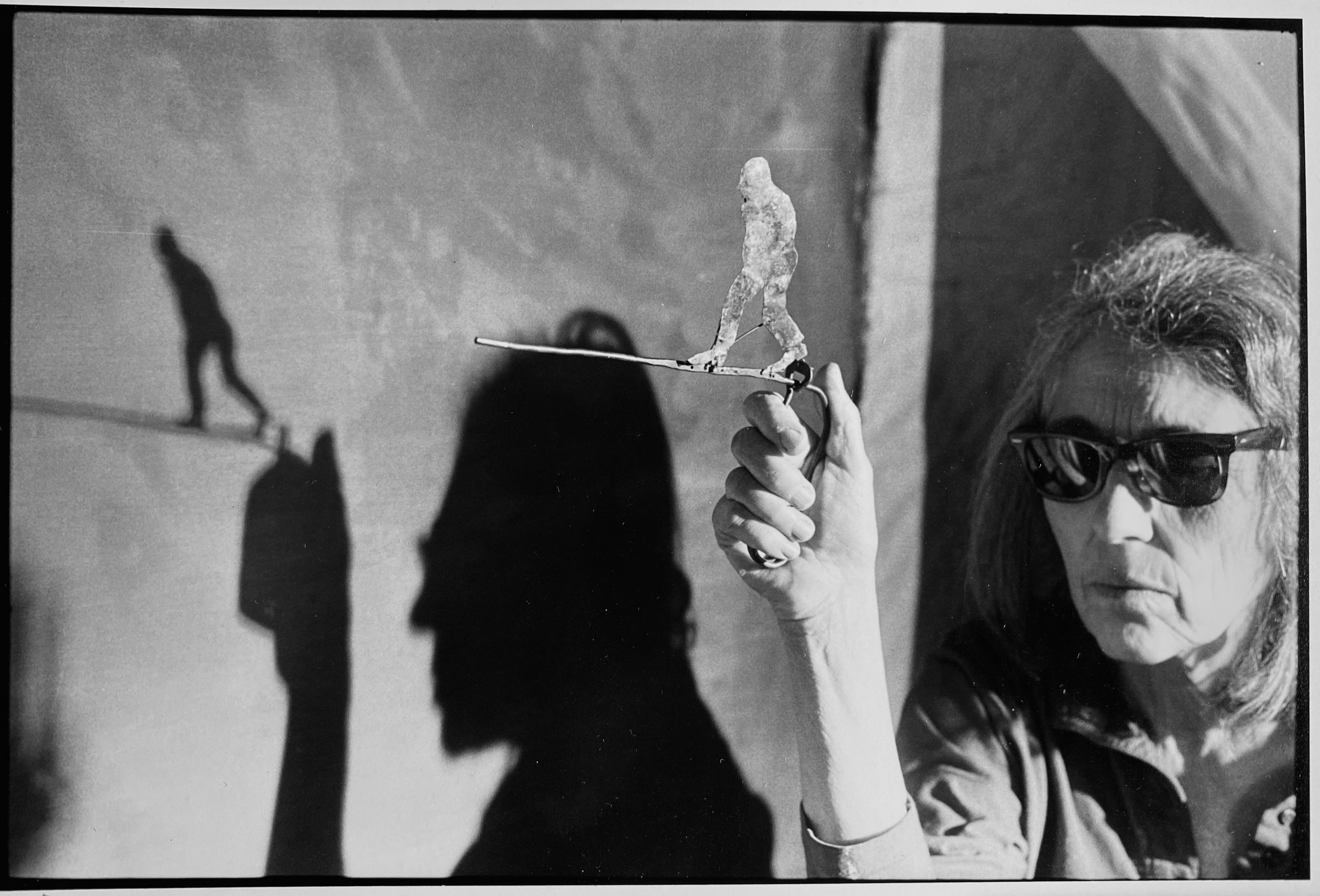 June Leaf’s New York survey captures a life in motion
June Leaf’s New York survey captures a life in motionJune Leaf made art in many forms for over seven decades, with an unstoppable energy and fierce appetite leading her to rationalise life in her own terms.